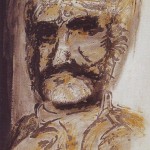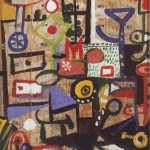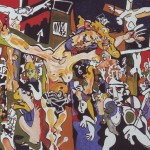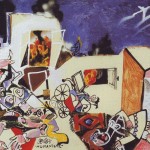Artist, painter, bon viveur: chronicle of an hedonist
“Reindl was an artist in the purest sense of the term. For him painting was a pleasure, with no thought given to the exhibitions, the public, and even less to the art market”. Through his admiration and nostalgia, Michael Cukier, an entrepreneur with a penchant for contemporary art, discusses the matter with us. He remembers a friend, a neighbour, a Czech painter known in Montreal, where he became one of the most important collectors. “Initially, Reindl’s passion for painting, was transmitted to me by my ex-wife, Renata Hochelber, an art curator, also originally from Prague, who met him in Canada and convinced him to organize the first exhibitions”, says Cukier.
Now the co-owner of the Le Palais hotel in Prague, Michael has brought several Reindl paintings back to the Czech capital, to display them in the hallways and lounges of the hotel-museum (which also houses a valuable series of lithographs by Le Corbusier).
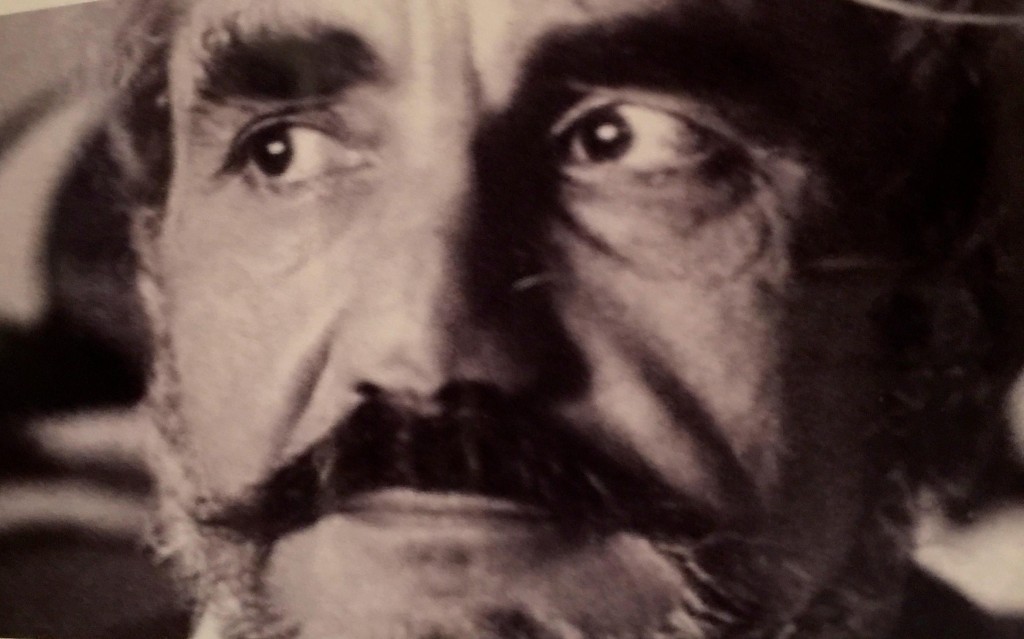 But who is Miloš Reindl, the basically little known artist, who was born in Prague in 1923 and died in Montreal in 2002? A hedonist, first of all, both on the canvas and in life. You can read it in his paintings, which are parties consisting of sinuous shapes and bright colours. In his painting vitality, movement, especially in its carnal and sexual forms, are recurring motifs.
But who is Miloš Reindl, the basically little known artist, who was born in Prague in 1923 and died in Montreal in 2002? A hedonist, first of all, both on the canvas and in life. You can read it in his paintings, which are parties consisting of sinuous shapes and bright colours. In his painting vitality, movement, especially in its carnal and sexual forms, are recurring motifs.
“He was the classic bon viveur, with a boundless love for all the pleasures that life has to offer. He loved good food, wine, smoking… but his real passion was women, a love for which the opposite sex reciprocated generously, given that he was a man of great charm”, as Cukier remembers. “He decided to put an end to it, one day in March 16 years ago. Being elderly, and sick by then, he did not accept having to give up all the pleasures that life until then had been so generous in giving him”.
The story of Reindl is essentially divided into a first part, in Czechoslovakia, and a second, in Canada. After a childhood spent in Poděbrady, in eastern Bohemia, he moved with his family to Prague in 1930. It was here where he attended primary and secondary school, and developed a particular interest in aesthetics and art. Having decided to pursue a life as an artist, Miloš Reindl managed to enter the Academy of Fine Arts in Prague in 1945, but one year was enough for the young student to decide to abandon the institution. The artistic conservatism that is taught did not fit him, nor did it interest him. So in 1947, he joined the school of industrial design and applied arts of the Czechoslovakian capital, where he remained for six years. His true artistic training was received in this period, under the guidance of masters like Emil Filla and Antonín Kybal, important figures of the Czechoslovakian avantgarde, whose style lies between impressionism and cubism.
Having obtained his diploma, Reindl was forced to leave for military service, which meant two years away from his wife Helena Pokorná, who he married in 1951, and his daughter Helena, born the same year. Once back, he found a first job in a textile plant where he was employed for the design and manufacturing of carpets. His graphics are successful, but his earnings are modest. Two years later, his second son, Miloš, was born, so Reindl decided to find a position that could assure sufficient income for the needs of a growing family, and found a job in an office specializing in the promotion of the Czech industry during fairs and international exhibitions. At the same time he devoted himself to the creation of film posters, producing top examples for national and international movies. His evocative, symbolic style, and masterful use of colour make his affiches genuine works of art, while his poster for Pier Paolo Pasolini’s masterwork Accattone still remains famous.
Yet the big turning point in the life of Reindl arrived in 1968, and was dictated by a crucial moment in the modern history of Czechoslovakia – the Soviet invasion of the country following the Prague Spring. Shortly after the arrival of Russian tanks, under the pretext of a family outing in Vienna, he took his wife and two children to the Austrian capital to take refuge, in Montreal, Canada. The separation from their roots was difficult, as his daughter Helena still remembers with emotion, “my father never regretted having made that decision, despite the difficulties that arose. For us children, in our early teens, it was initially difficult. In the early days I had a huge longing for Micha, our cat that we left in Prague with some relatives”. However it was actually in Canada where the artistic talent of Reindl would mature. While working for twenty-three years as a professor in the Department of Graphic Communication at the University of Laval, he managed to carve out enough free time to devote to his canvases. He would paint hundreds, all animated by his own style, an unbridled use of acrylic colours, a true “celebration of life”, as the art historian Francois-Marc Gagnon called it, a man who oversaw a Canadian exhibition dedicated to him.
All the work of Reindl is as original as it is saturated with illustrious influences: Picasso, Miro, Matisse, Chagall, Soutine, all of whom were his ideal masters, painters who the Czech artist loved and who have never ceased to influence him in his diverse oeuvre. With their extravagance and strokes of genius, they are those ideal guests to the multicoloured dance that was his painting, which after all, was his entire life.
by Edoardo Malvenuti





